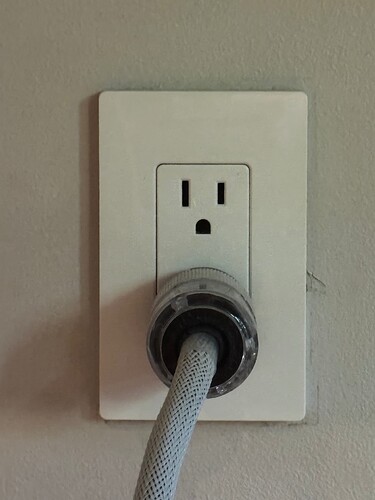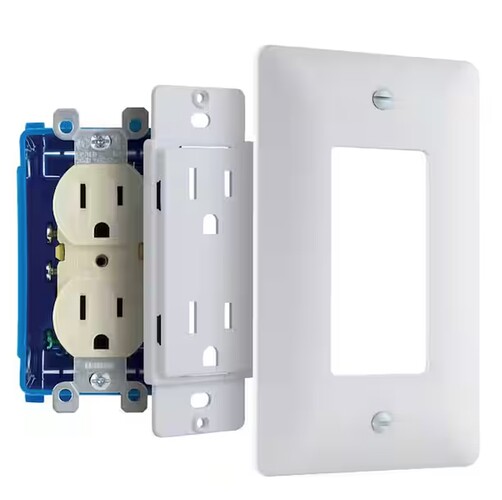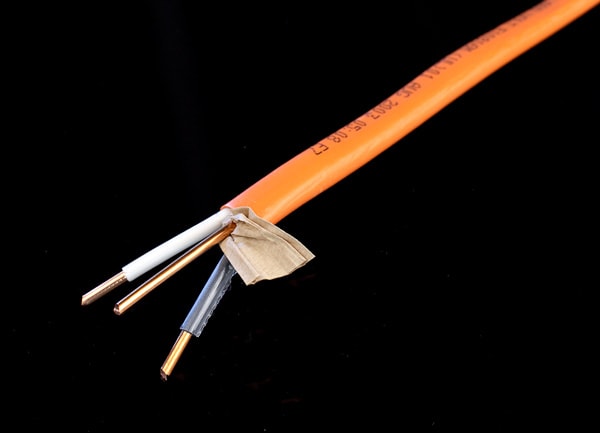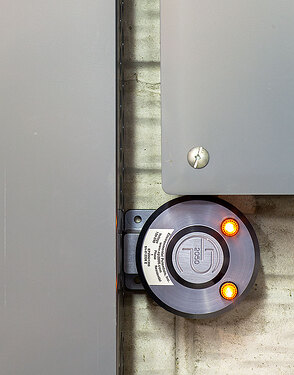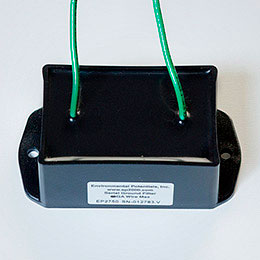Hello - I’ve been lurking here for a bit and have read a number of conversations about dedicated power lines. I’m setting up a small listening room in my 1950’s era house here in the US and would appreciate some input from folks as to the best way to approach this. I’m pretty handy and have run dedicated lines for other purposes, but nothing for audio.
I’m planning on running 10AWG cable from my service panel to the room, which is about 50’ away. This circuit will terminate at a pair of 20A hospital grade outlets (possibly isolated ground, one of the many considerations for this little project).
So I have questions about the type of cable to use and whether it makes a significant difference to run 10/2 Romex or if it would be “better” to run an armor clad cable (to reduce/eliminate and possible EM interference). Some possible options:
• 10/2 Romex pulled into a fiberglass “old work” box. The ground conductor in this scenario would effectivey act as an isolated ground since its not grounding anything else.
• 10/3 MC cable pulled into a metal “old work” box. The ground conductor would be used to ground the box and the 3rd conductor would be used as an isolated ground.
Using 10/2 Romex would certainly be easier and less costly, but if there is some benefit to using the “shielded” MC cable then I have no problem going that route. Although if I go the IG route…I’d really need to run TWO circuits so that each receptacle would have its own isolated ground. I know some folks prefer to keep their analog and digital equipment separated in this way (although they are still on the same leg/phase on the panel).
I’m obviously not an electrician but have absorbed a fair bit of knowledge along the way and am comfortable doin gthis work myself. I’m likely way over-thinking this but want to do it properly the first time! What I’d most like to get input on is whether the MC cable really helps with mitigating any EM interference, and also if isolated ground is desirable.
As an aside, I find it “interesting” that NONE of the audio grade outlets come in a Decora style, but instead the old school design. I’ve gone to some lengths to replace all of the switches, outlets, etc in my house to the Decora style and I just CAN’T install any of these audiophile receptacles (PS Audio, Cardas, Furutech, SR, etc), as much as I really want to. I’ll probably just source some hospital grade (and possibly IG) receptacles and use those. Aesthetics are important! Pic for reference. This is just a standard 15A Lutron outlet I have in my living room but you get the idea:
![]()
I will appreciate any constructive comments or feedback on the most sound approach with this. I’d like to get this done before my new system gets delivered! Magnepan 1.7’s and a Rogue Cronus “Dark”…a modest system by most standards but its a big comittment for me.
